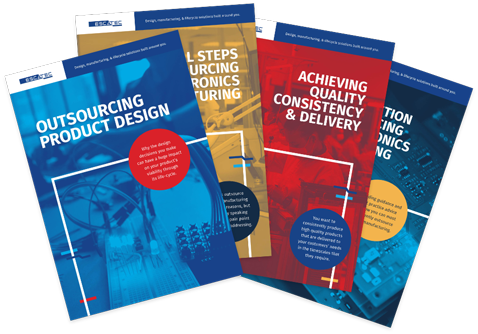Trump tariff watch 2025: Updates from the electronics manufacturing industry
This is the first in an occasional series of ESCATEC blogs tracking the ...
RESOURCES
News, articles, industry insights and more straight to your inbox.

©2025 ESCATEC. All rights reserved.